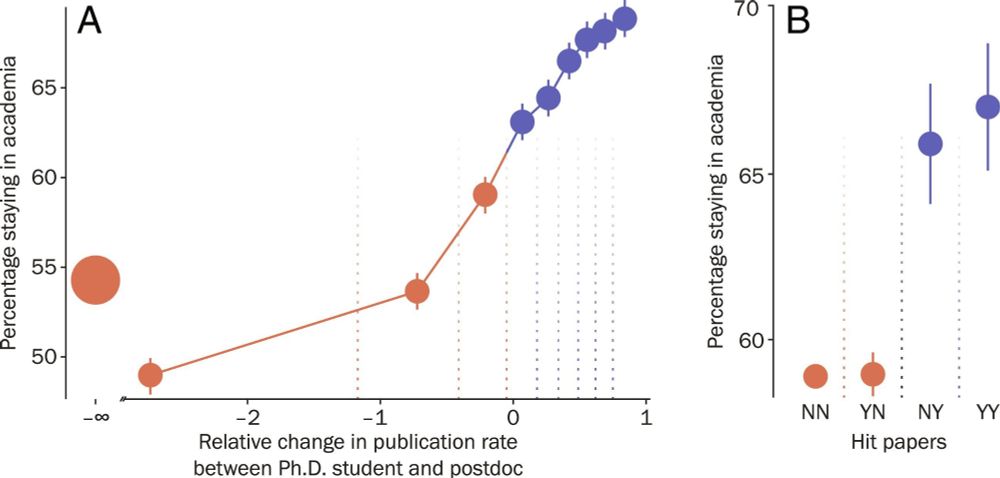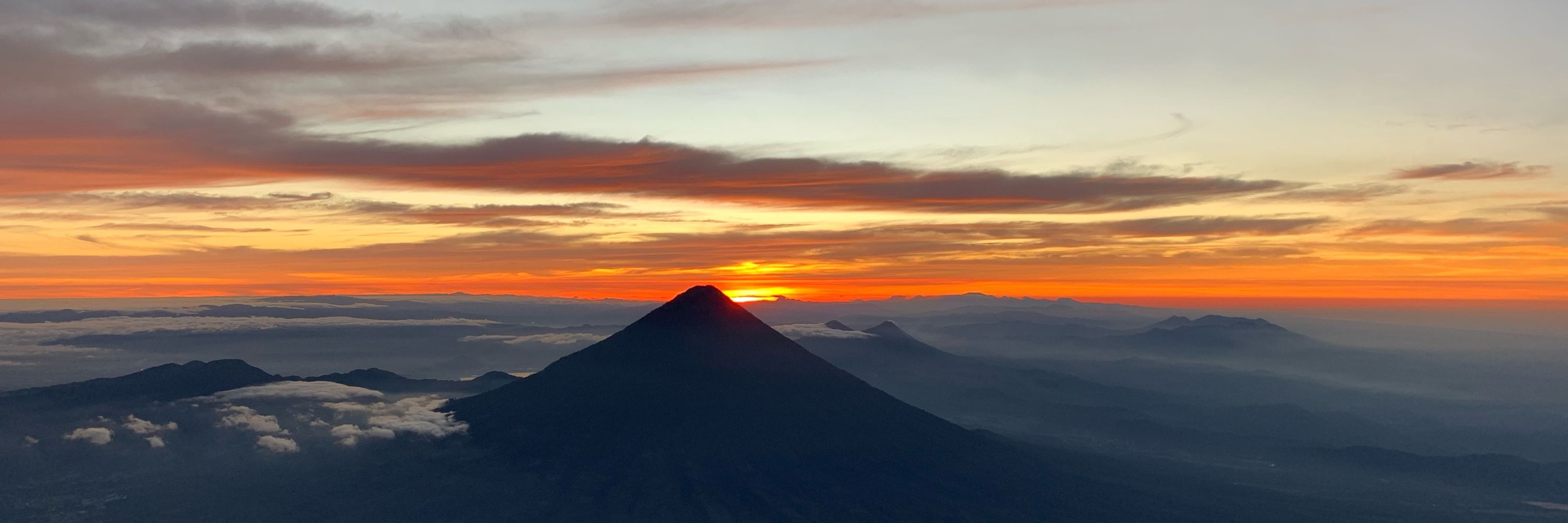
geology | geochronology | geochemistry

We do pretty well but as ever there is room for improvement 🤓 Stay tuned!
doi.org/10.5194/gchr...
We do pretty well but as ever there is room for improvement 🤓 Stay tuned!
doi.org/10.5194/gchr...

We do pretty well but as ever there is room for improvement 🤓 Stay tuned!
doi.org/10.5194/gchr...
www.science.org/doi/10.1126/...

www.science.org/doi/10.1126/...
Learn more: scim.ag/3FXN8sq
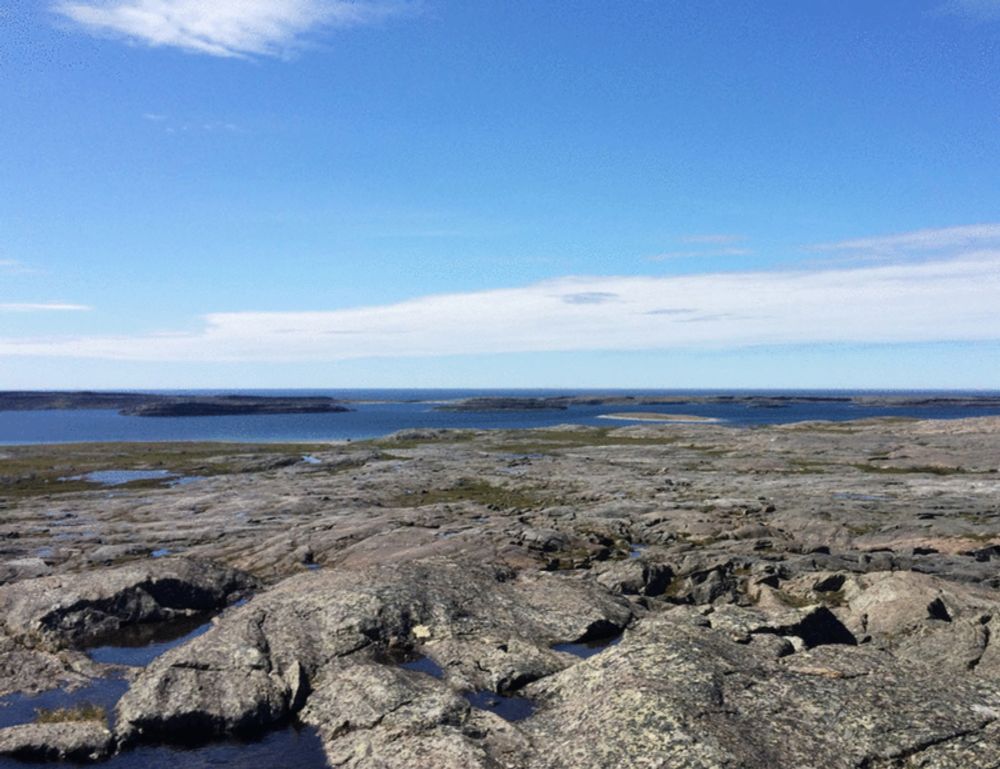
Learn more: scim.ag/3FXN8sq
Admission was based on lack of income, not religious affiliation.
It was the first secular hospital in Europe..
🧪
www.science.org/content/arti...
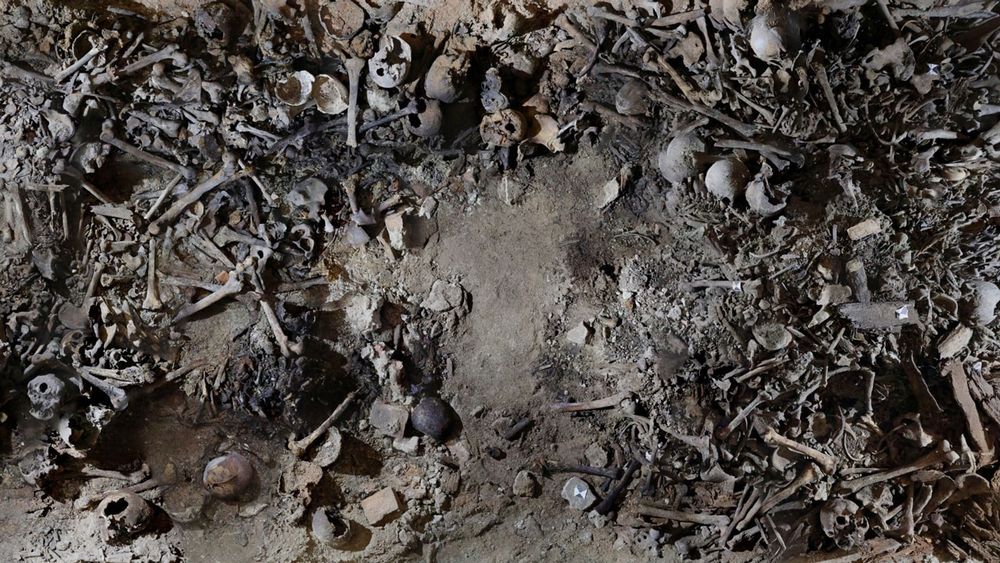
Admission was based on lack of income, not religious affiliation.
It was the first secular hospital in Europe..
🧪
www.science.org/content/arti...
gchron.copernicus.org/articles/7/1...
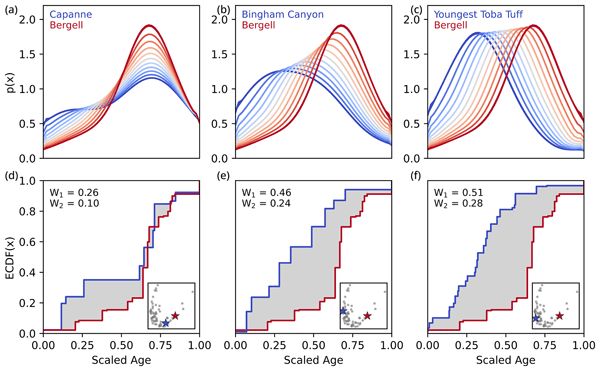
gchron.copernicus.org/articles/7/1...
The Experimental Planetology research group at @ethzurich.bsky.social is offering a Postdoc in Experimental Geochemistry and on the determination of liquid iron alloy densities with application to the Moon's and other planets core.
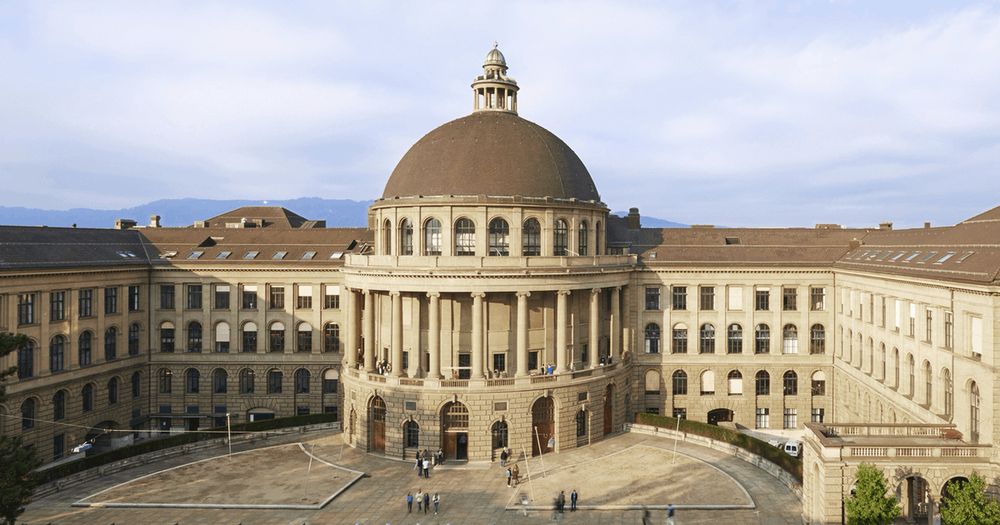
The Experimental Planetology research group at @ethzurich.bsky.social is offering a Postdoc in Experimental Geochemistry and on the determination of liquid iron alloy densities with application to the Moon's and other planets core.
We've discovered the Laacher See eruption 🌋 in a speleothem from Germany, which allows to synchronize European and Greenland Late Glacial climate change.
Read more: www.science.org/doi/10.1126/...
A Thread ⬇️⬇️ 1/n

www.pnas.org/doi/10.1073/...
www.pnas.org/doi/10.1073/...
www.pnas.org/doi/10.1073/...
(Photo: Włodzimierz Bubak) 🔭🧪
apod.nasa.gov/apod/ap24122...
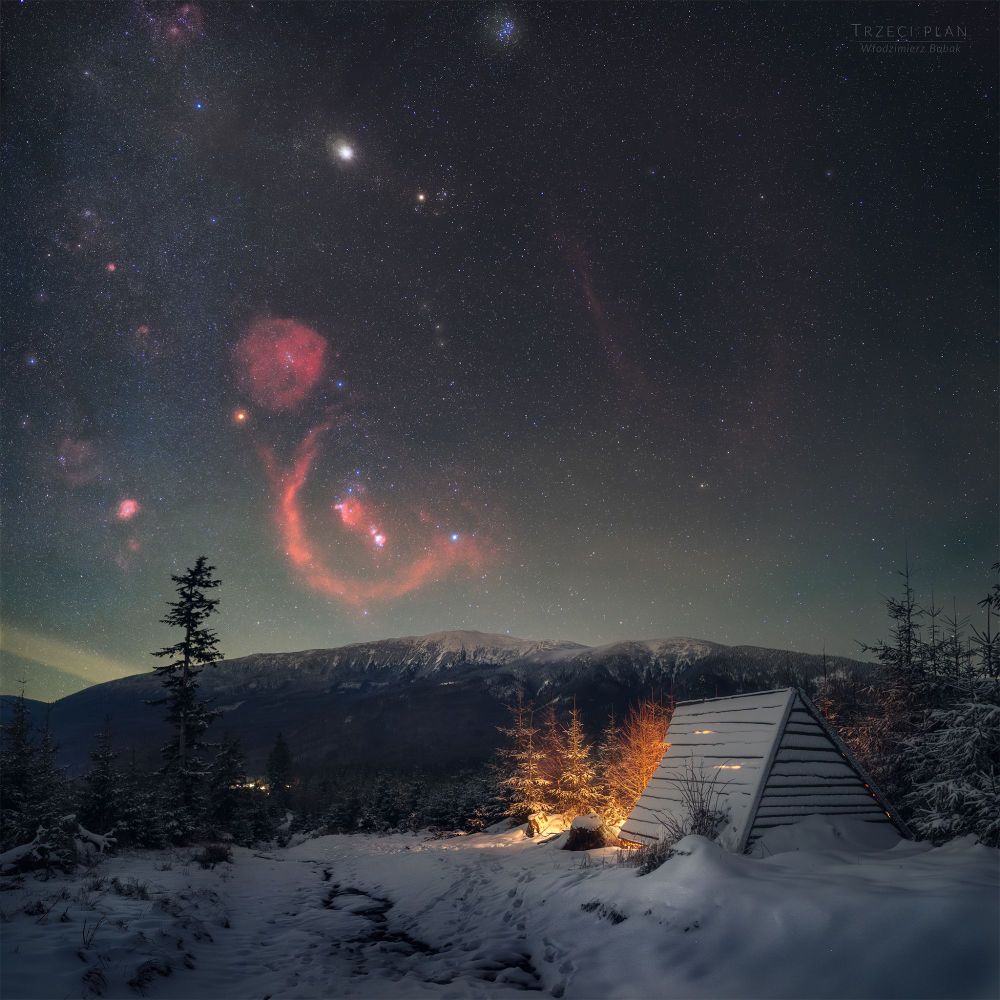
(Photo: Włodzimierz Bubak) 🔭🧪
apod.nasa.gov/apod/ap24122...



